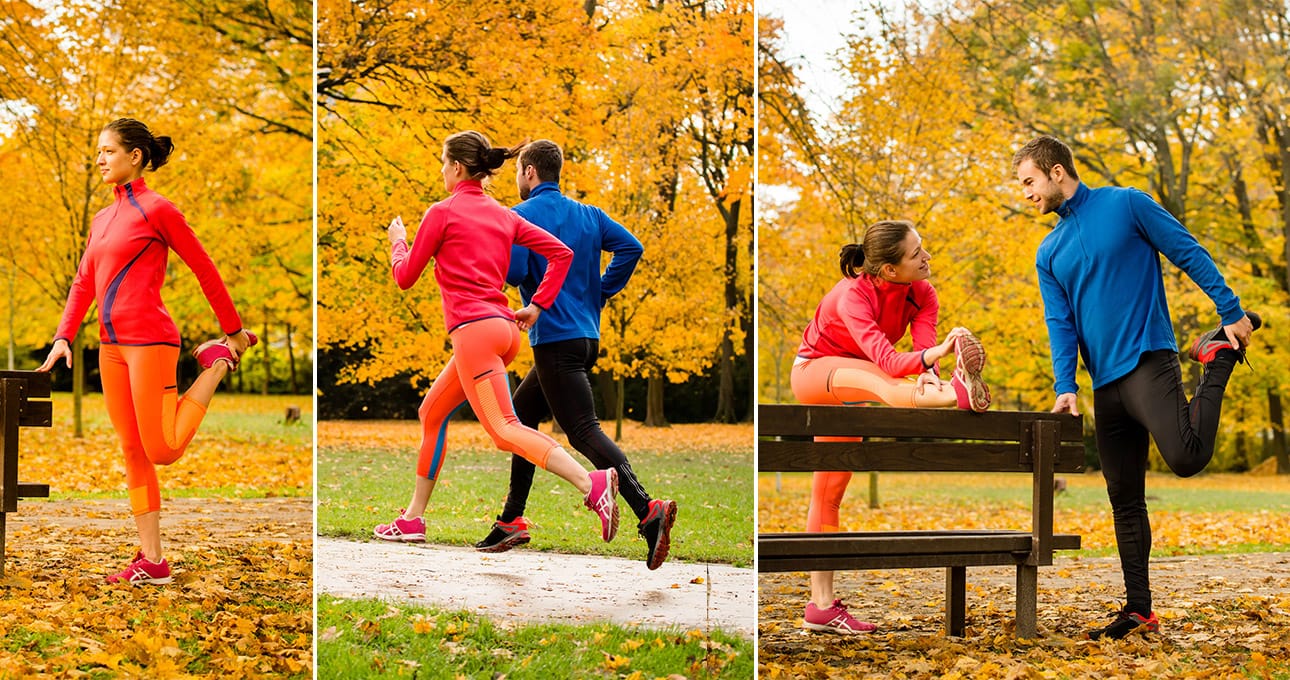No Products in the Cart


Short answer: both.
There are two types of stretching: static and dynamic. Static stretching refers to the traditional stretching where you hold a certain body position for an extended period of time. Dynamic stretching is performing large range of motion movements with little resistance to warm up the muscles and connective tissues youre about to work before you put them under stress. Static stretching works to increase the flexibility of your muscles and connective tissues, while dynamic stretching is preparation work for maximum performance and to reduce your chance of injury. Both are very important, but should be performed at different times.
Both kinds of stretching should always be done after your warm up. Remember: warm taffy stretches, cold taffy snaps, so get the blood moving before you jump into your stretching.
Static stretching is best saved for after your workout for two reasons. First, it permanently increases your flexibility if you’re consistent. It takes at least 30 seconds of static stretching for a muscle to experience permanent deformation (or a permanent increase in flexibility). To stretch each muscle group for at least 30 seconds takes a while to say the least. If you static stretch before your workout, your muscles would cool back down after your warm up, making your warm up useless. Plus, static stretching actually decreases your strength output, so if you are lifting, youll lift less weight if you static stretch beforehand.
Dynamic stretching, on the other hand, prepares your muscles for the work they are about to do and should be done before your working sets. Its a temporary increase in flexibility, with more of a focus on mobility and should be thought of as an extension of your warm up. Instead of holding a position, you are working your muscles through their range of motion to prepare them for the work to come; they should be specific to your workout, e.g. doing air squats to get the legs engaged before you step foot into the squat rack.
Most people don’t stretch enough regardless – try either and, for lack of a better term, you’ve got a leg up!
Someone purchsed a